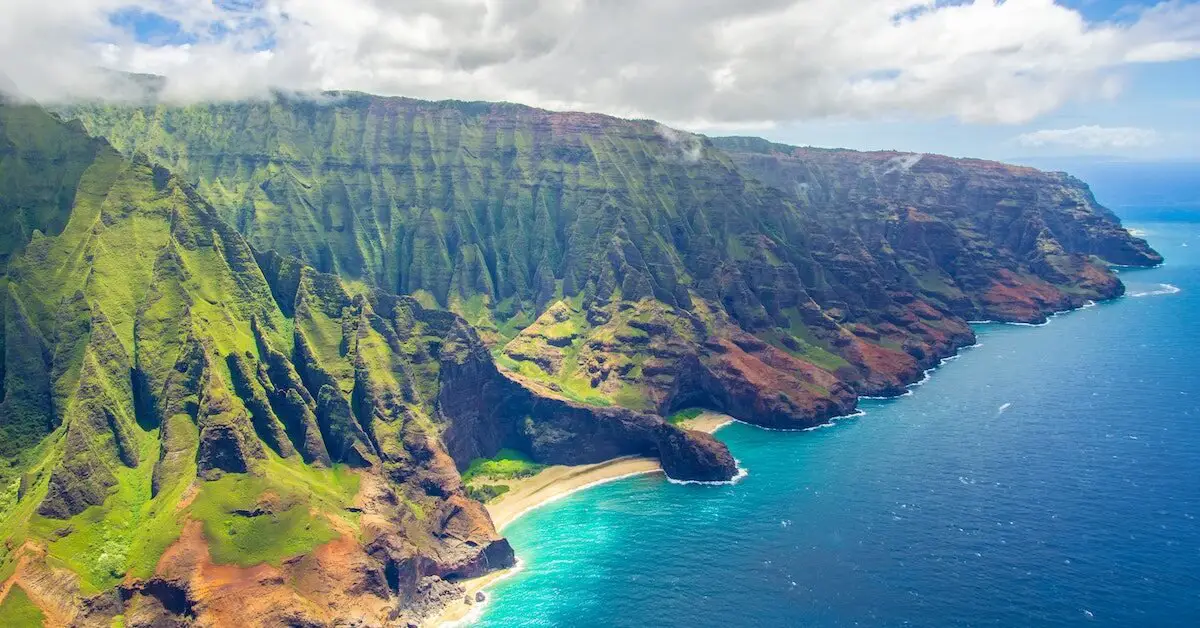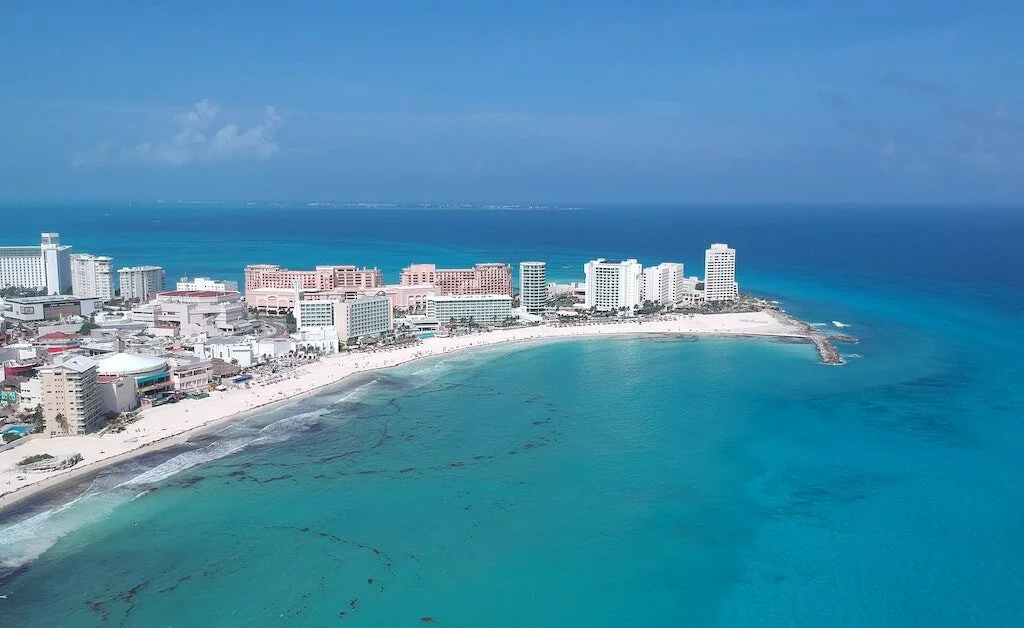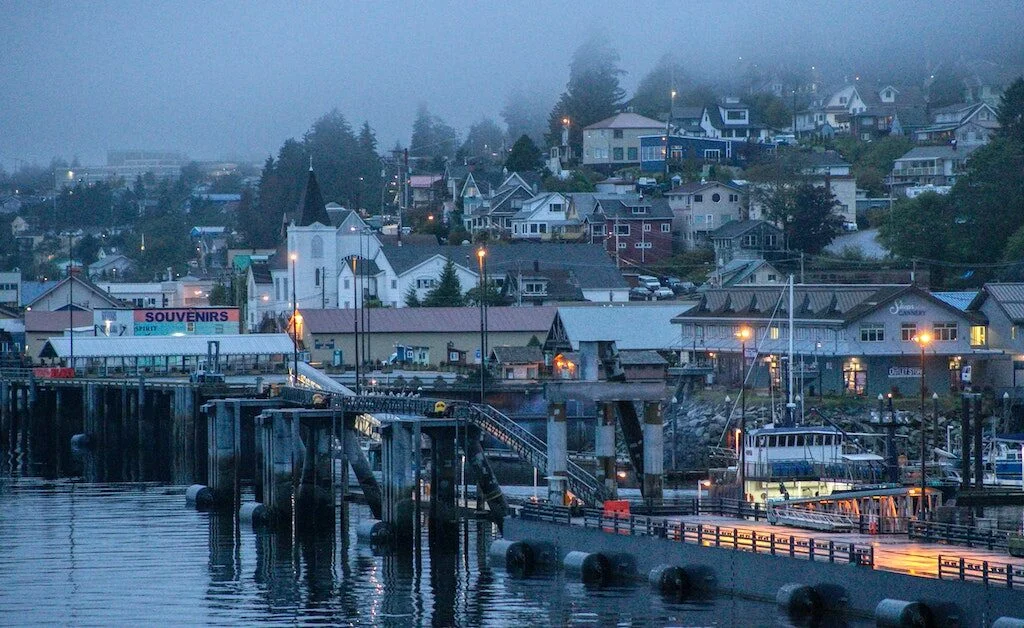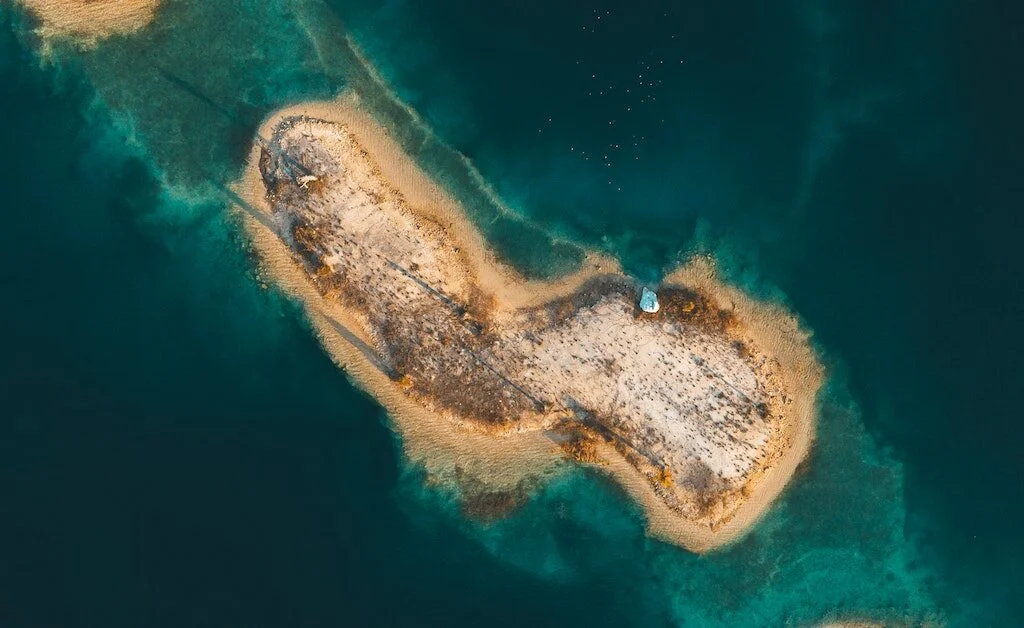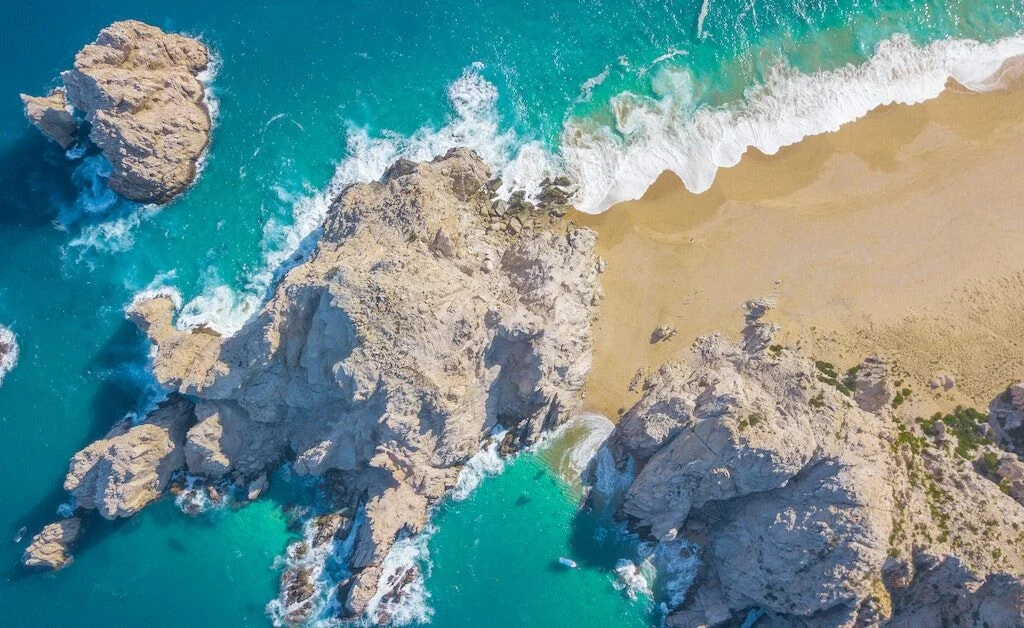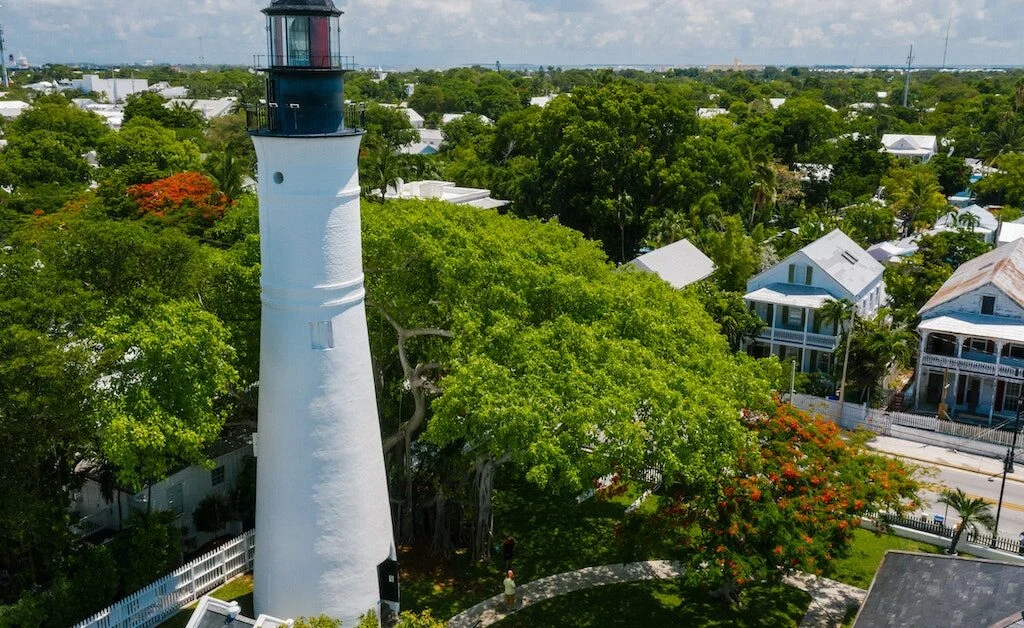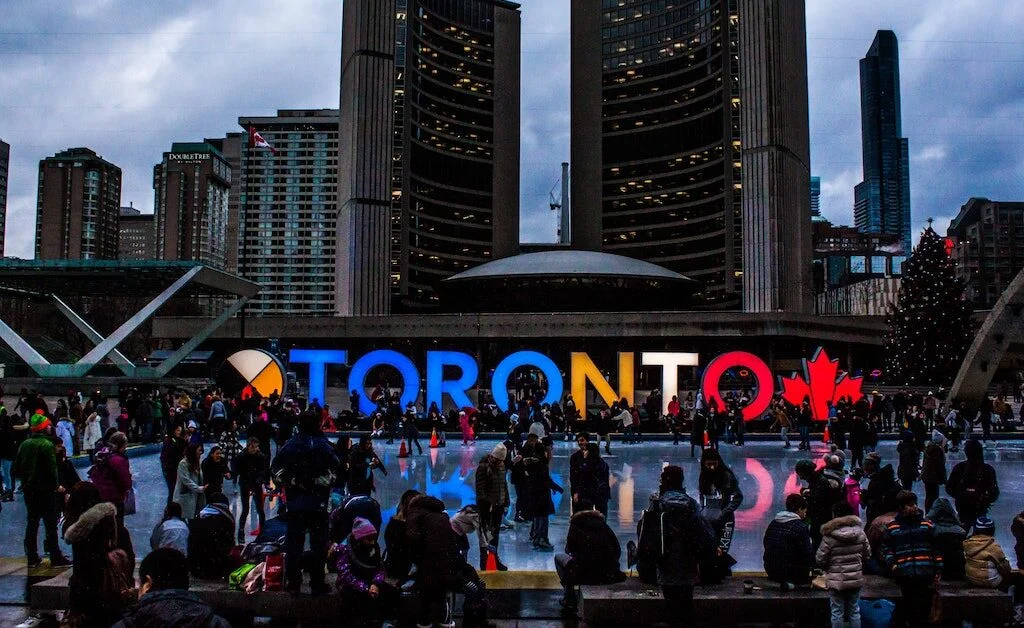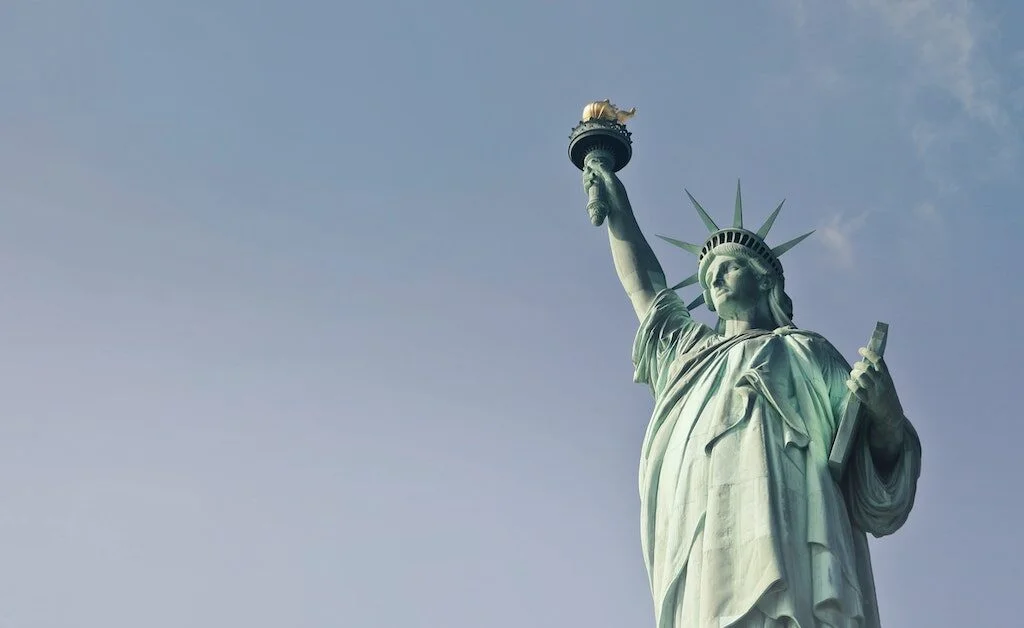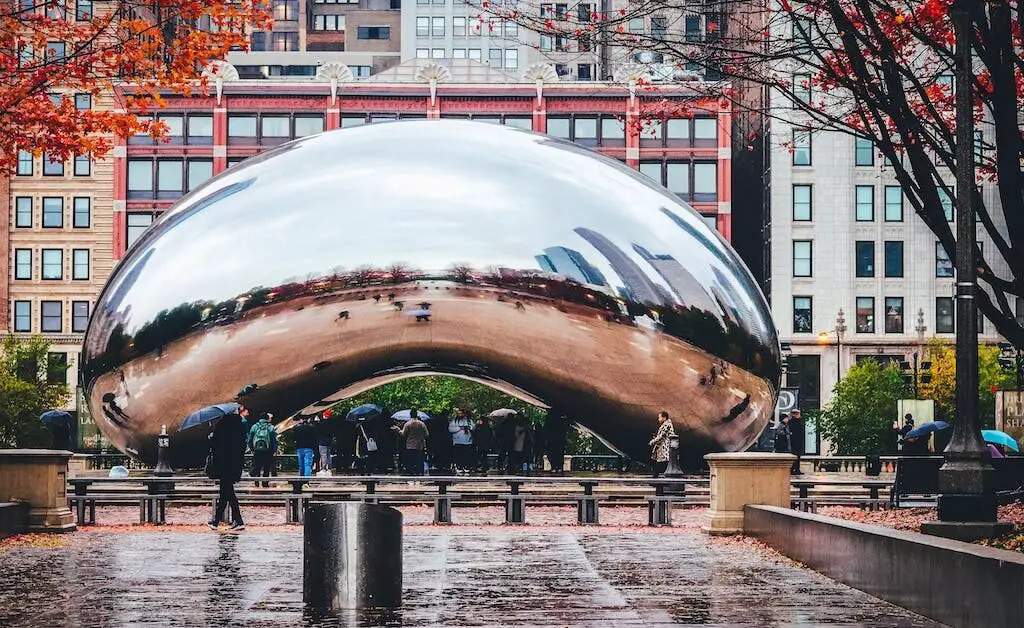Hawaii, the enchanting archipelago in the heart of the Pacific Ocean, beckons travelers with its breathtaking landscapes, warm tropical climate, and vibrant cultural heritage. As you plan your dream vacation to the Aloha State, it’s essential to consider the best time to visit to make the most of your experience. In this comprehensive guide, we will delve deeper into the various aspects of Hawaii’s climate, the best times to visit based on weather and crowd levels, specific activities for each season, and the top events and festivals that will enhance your stay. By the end of this article, you will have all the information needed to plan your ideal Hawaiian getaway.
Hawaii Climate Guide
The Hawaiian Islands are renowned for their year-round sunshine and balmy temperatures, creating an alluring destination at any time of the year. The climate in Hawaii is classified as tropical, with temperatures typically ranging from 60 to 90 degrees Fahrenheit throughout the year. The islands enjoy a consistent warm climate, making it a paradise for sun-seekers and outdoor enthusiasts.
While Hawaii experiences a relatively consistent climate, it does have two distinct seasons – summer (May to October) and winter (November to April). The summer months bring slightly higher temperatures, with average daytime temperatures around 85°F, while winter temperatures are still comfortably warm, hovering above 73.4°F. However, the trade winds can make it feel cooler, especially at higher elevations.
Rainfall patterns also vary across the islands. The winter months bring the peak of rain, with November to March experiencing more widespread rain. On the windward (northeastern) sides of the islands, rain is more prevalent due to the trade winds. On the leeward (southwestern) sides, the weather tends to be drier and sunnier.
Additionally, Hawaii experiences a hurricane season from June to November. While the islands are generally well-prepared for potential hurricanes, visitors should stay informed and check weather updates when planning a trip during this time.

Best Times to Visit Hawaii
When determining the best time to visit Hawaii, several factors come into play, such as weather, crowd levels, and various activities available during different seasons. Let’s explore each season’s highlights to help you plan your ideal Hawaiian escape.
Spring (March to May)
Spring in Hawaii offers a delightful blend of pleasant weather, warm temperatures, and beautiful blooms across the islands. Highs in the 80s and minimal rainfall by May create an inviting atmosphere for exploration and outdoor activities. Additionally, by May, the number of visitors begins to wane, leading to fewer crowds and more attractive hotel rates.
Summer (June to August)
The summer months mark the warmest period in Hawaii, with temperatures ranging from the 80s to 90s. The weather is ideal for beach activities, snorkeling, and exploring the islands’ natural wonders. As the peak tourist season, summer attracts families on vacation, making it a lively and bustling time to visit. Many outdoor events, festivals, and county fairs take place during this season, offering an excellent opportunity to immerse yourself in Hawaii’s rich culture.
Fall (September to November)
Fall in Hawaii maintains the warm temperatures of the summer, with highs in the 80s to 90s. However, November experiences the highest rainfall of the season. Despite this, fall is a fantastic time to visit, as the number of tourists starts to decrease, leading to fewer crowds. Furthermore, hotel rates become more budget-friendly, making it an opportune time for budget-conscious travelers to explore the islands.
Winter (December to February)
Winter in Hawaii brings mild temperatures, with highs reaching the mid to low 80s. However, it is essential to note that this season is the rainiest and the peak tourist period, resulting in higher hotel rates and more crowds. Nevertheless, if you are a surfing enthusiast, winter is the perfect time to visit, as the north shores experience the biggest swells, attracting professional surfers from around the world.
Best Times to Visit Hawaii – Month-by-Month

January
January offers highs of 81 degrees, with low rainfall, making it an excellent time for whale watching and exploring the islands without the summer crowds.
February
February brings highs of 81 degrees, with slightly increased rainfall. However, it is an ideal time for serious surfers, as the waves become more challenging on the north shores.
March
In March, highs reach 82 degrees, with moderate rainfall. While the weather remains pleasant, it is a busy month due to spring break events.
April
April offers highs of 84 degrees, with less rain and a quieter tourist season. It’s a perfect time to enjoy the stunning beaches and outdoor activities.
May
In May, highs reach 86 degrees, with minimal rain. It’s a slower tourist month, providing a more relaxed and tranquil experience on the islands.
June
June boasts highs of 88 degrees and marks the start of the tourist season. Numerous events and festivals take place, making it an exciting time to visit.
July
July maintains highs of 88 degrees, but rain returns to the islands. It is the peak season for whale watching, providing an unforgettable opportunity to witness these majestic creatures.
August
With highs of 90 degrees, August is one of the warmest months in Hawaii. The weather remains dry, and it marks the start of the decline in tourist season.
September
September offers highs of 90 degrees and less rainfall. The tourist rush begins to slow down, making it an ideal time to explore the islands at your own pace.
October
In October, highs reach 88 degrees, with increased rainfall. However, the islands are abuzz with events and festivals, providing a lively atmosphere for visitors.
November
November sees highs of 84 degrees and is the rainiest month in Hawaii. However, the number of tourists decreases, making it a great time for a more tranquil vacation.
December
December boasts highs of 82 degrees and marks the peak tourist season. While the weather is lovely, it is essential to plan ahead and book accommodations well in advance due to high demand.
Best Times for Specific Activities
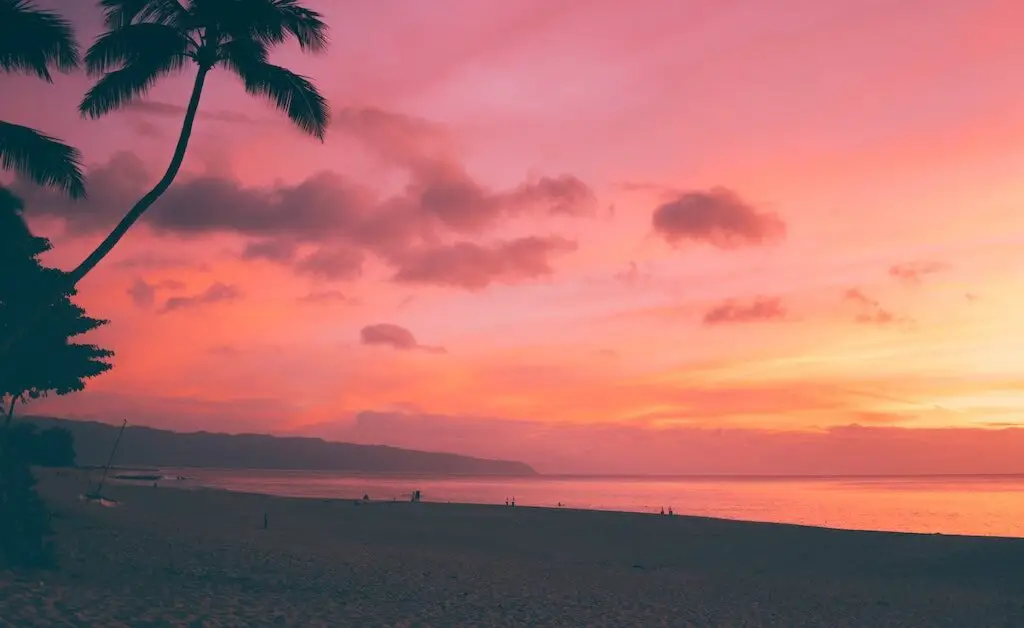
Whale Watching
Hawaii’s waters come alive with humpback whales from November to May, with January to March being the peak season for whale watching. During these months, you can embark on whale-watching tours or spot these gentle giants from various points along the shoreline.
Surfing
For surfing enthusiasts, Hawaii offers the perfect conditions year-round. However, the most significant swells occur between November and February on Oahu’s west and north shores, making it an ideal time for experienced surfers seeking thrilling waves.
Snorkeling, Swimming, and Diving
If you plan to indulge in water activities like snorkeling, swimming, or diving, the summer months of June to August offer the calmest ocean conditions on both the north and south shores. The water temperatures are comfortably warm, making it an enjoyable experience for water enthusiasts of all skill levels.
Hiking and Exploring
For those seeking outdoor adventures, the late spring (April, May) and early fall (September, October) are recommended. During these months, the weather is drier, and temperatures are milder, creating ideal conditions for hiking and exploring the islands’ lush landscapes and stunning trails.
Avoiding Crowds and Lower Prices
If you prefer a quieter experience with fewer visitors and more budget-friendly options, consider visiting Hawaii during the shoulder seasons. The months of mid-April to mid-June and September to mid-December are excellent for avoiding peak tourist periods. During these times, you can explore the islands with more tranquility and take advantage of lower hotel rates, tours, and flights. Additionally, fall often sees cheaper flights, providing further cost-saving opportunities.
Annual Events and Festivals
Hawaii is a cultural haven, boasting numerous events and festivals throughout the year. These celebrations offer an authentic glimpse into the islands’ rich heritage and traditions. Here are some of the top events and festivals that you may want to plan your trip around:
Summer
The Prince Lot Hula Festival, Hawaii’s largest non-competitive hula event, showcases the artistry and beauty of this ancient dance form.
Fall
The Hawaii Food & Wine Festival and Aloha Festivals in September celebrate the islands’ culinary delights and vibrant culture through delectable cuisine and lively festivities.
Winter
Hawaii’s winter season is prime time for surfing competitions, including the renowned Vans Triple Crown on Oahu, attracting surf enthusiasts from around the world.
Spring
In March, consider attending the Honolulu Festival or the Lantern Floating Festival on Memorial Day, where thousands of floating lanterns light up the night sky in a breathtaking display of remembrance and hope.
Overall Best Time to Visit Hawaii
Ultimately, the best time to visit Hawaii depends on your preferences and the type of experience you desire. Each season offers unique opportunities and activities, catering to different interests and travel styles.
For Hiking and Exploration
Late spring (April, May) and early fall (September, October) provide the most favorable weather for outdoor adventures and exploring Hawaii’s scenic wonders.
For Serious Surfers
Winter (November to February) is the prime time for surfing enthusiasts seeking big waves and professional competitions on the north shores.
For Whale Watching
January to March offers the best chance to witness humpback whales in their natural habitat, creating a truly unforgettable experience.
For Cultural Events
Summer into September is the ideal time to attend cultural festivals and events, immersing yourself in Hawaii’s rich heritage and traditions.
To Avoid Crowds and Lower Prices: Visiting in April or September offers the perfect combination of fewer visitors, more affordable rates, and favorable weather conditions.
Conclusion
Hawaii is a paradise with endless charms and enchanting beauty, making it a dream destination for travelers around the world. Whether you seek sun-soaked beaches, thrilling water sports, lush hiking trails, or cultural experiences, Hawaii has something special for everyone. The islands offer year-round sunshine and a diverse range of activities, ensuring that there is no bad time to visit.
When planning your Hawaiian getaway, consider your preferred activities, weather preferences, and crowd levels to tailor your vacation accordingly. Each season in Hawaii has its allure and allurements, offering unique experiences to cherish for a lifetime. Embrace the aloha spirit, soak in the warm tropical ambiance, and create lasting memories as you embark on a journey of a lifetime in the enchanting paradise of Hawaii
FAQ’s
Read More : Best Time to Visit Lake Tahoe: Unveiling the Seasons and Secrets
A: Generally, the cheapest time to visit Hawaii is during the shoulder seasons, which fall between April to May and September to October.
A: The peak tourist months in Hawaii are typically from December to March, and during the summer months of June to August.
A: The hottest months in Hawaii are from July to September when temperatures are at their peak.
A: The best times to fly to Hawaii are during the shoulder seasons of April to May and September to October, as well as outside peak tourist months. This may offer better flight deals and availability.

